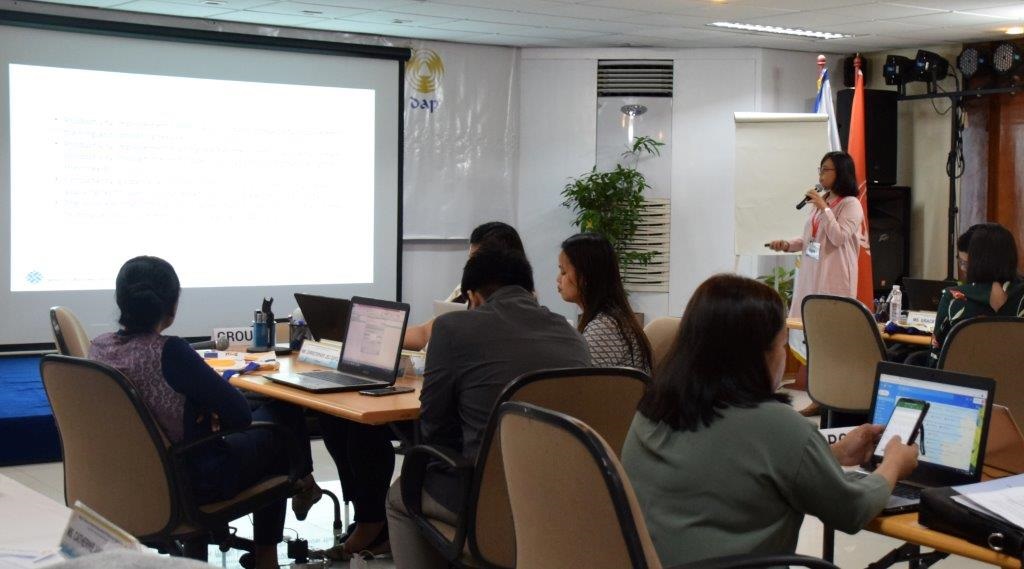
Select Page
 Public-sector productivity is vital to all economies. Measuring it, however, remains a complex task requiring an appropriate framework and robust calculations of inputs and outputs. Governments function not to maximize profits but people’s welfare, and therefore performance measures in the public sector differ from those in the private sector. The Asian Productivity Organization (APO) Public-sector Program aims to define concepts and approaches to measurement methodologies while developing pools of trainers who can spread that knowledge at all levels of member governments.
Public-sector productivity is vital to all economies. Measuring it, however, remains a complex task requiring an appropriate framework and robust calculations of inputs and outputs. Governments function not to maximize profits but people’s welfare, and therefore performance measures in the public sector differ from those in the private sector. The Asian Productivity Organization (APO) Public-sector Program aims to define concepts and approaches to measurement methodologies while developing pools of trainers who can spread that knowledge at all levels of member governments.
In conjunction with the Development Academy of the Philippines (DAP), the APO held a Training of Trainers on Productivity Measurement for Public-sector Organizations, 24–28 June, in Manila. The objectives were to familiarize participants with key indicators for different public services, agree on appropriate measurements and methods to calculate the productivity of public-sector organizations, and create a pool of trainers in this field in member countries. International resource persons Catherine Andersson of the Productivity Commission of Australia, Santiago Gonzalez of the OECD, and Zaffrulla Bin Hussein of the Malaysia Productivity Corporation were assisted by Senior Vice President of Program Operations Magdalena Mendoza and Productivity and Development Center Fellow I Reuel Hermoso, both of the DAP, in guiding the training. Twenty-two individuals from 12 member countries attended.
In remarks welcoming participants to the training, DAP President and CEO Atty. Egelbert C. Caronan, Jr., pointed out that, “Without measurement, an organization would be unsure if it had made significant progress or growth or if it had achieved its identified targets.” He described the course as an attempt to “agree on appropriate methods by which we can calculate productivity in public-sector organizations,” in the absence of elements like pricing and competition relied on in the private sector. APO Director for the Philippines Dr. Adoracion M. Navarro underlined the necessity of agreeing on those methods since, “We associate productivity measurement with numbers.”
OECD resource person Gonzalez cited “the diversity of participants’ backgrounds in terms of organizations represented” as a positive element of the training since that “provided different perspectives during discussions.” It was agreed, however, that similar training of trainers conducted at national level would be beneficial in creating additional multiplier effects given the varying sizes and responsibilities of government units in APO member countries.
The public-sector Philippine Heart Center in Quezon City, Metro Manila, hosted a site visit to acquaint participants with its productivity measurement framework. The center received Qmentum International Gold Accreditation for August 2014–17 from Accreditation Canada International for excellence in hospital practices and safety.